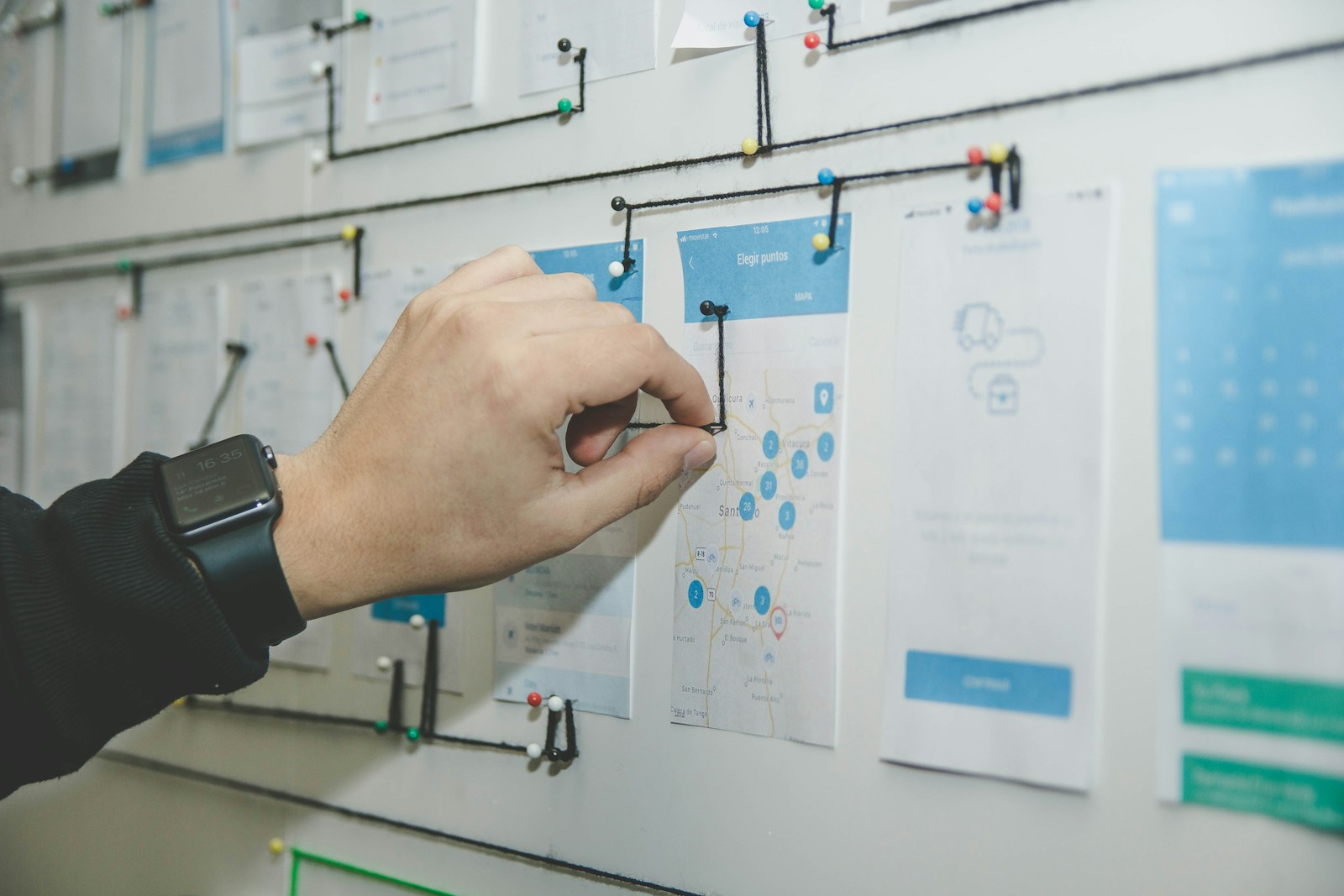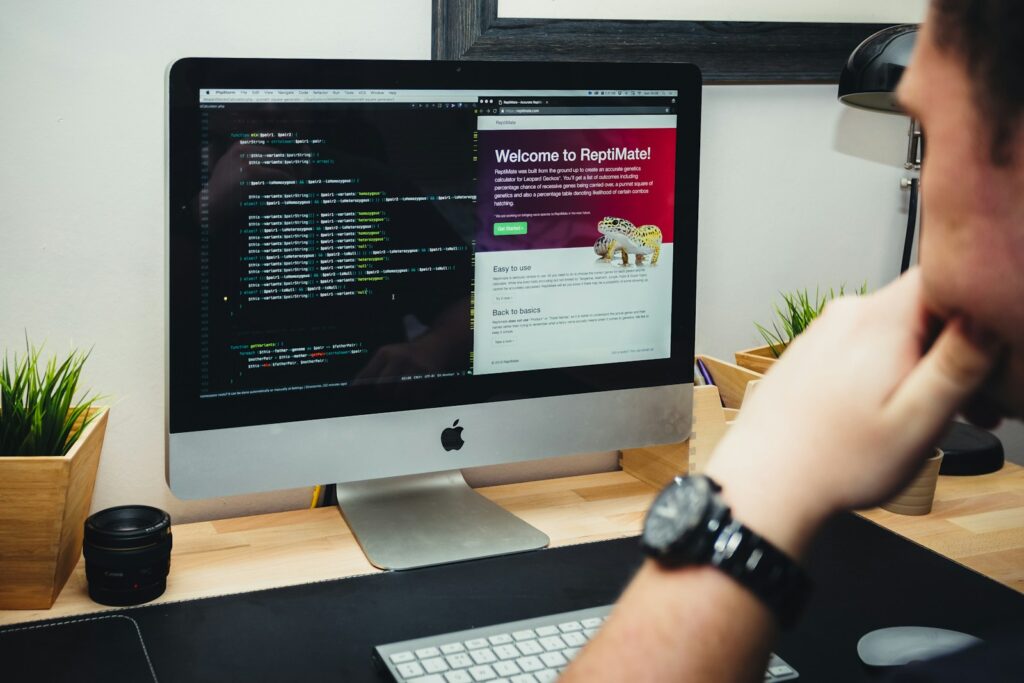Introduction
As an entrepreneur, innovator, and AI enthusiast deeply entrenched in the world of web development, I’ve witnessed firsthand the transformative power of artificial intelligence (AI) in shaping various industries. In this article, I’ll delve into how AI is revolutionizing design practices, from enhancing creativity to streamlining workflows, and its profound impact on the future of design.
Understanding AI in Design
Defining AI in Design
Artificial intelligence encompasses a broad range of technologies that enable machines to simulate human intelligence, including learning, problem-solving, and decision-making. In design, AI algorithms analyze vast amounts of data to identify patterns, generate insights, and assist designers in creating more efficient and innovative solutions.
AI-Powered Design Tools
AI has ushered in a new era of design tools equipped with advanced capabilities, such as predictive analytics, natural language processing, and computer vision. These tools empower designers to automate repetitive tasks, generate design variations, and extract valuable insights from data, thereby enhancing productivity and creativity.
Enhancing Creativity with AI
AI-Driven Inspiration
AI algorithms can analyze vast repositories of design assets, including images, graphics, and layouts, to generate inspirational ideas and trends. By leveraging machine learning models, designers can access an endless stream of creative stimuli, fueling their imagination and expanding their design repertoire.
Generative Design
Generative design harnesses the power of AI to explore countless design possibilities based on predefined parameters and constraints. By iteratively generating and evaluating design alternatives, designers can uncover innovative solutions that may have been overlooked through traditional design methods, leading to more efficient and sustainable outcomes.
Optimizing User Experience
Personalized Design Solutions
AI enables designers to create personalized user experiences by analyzing user behavior, preferences, and demographics. By leveraging data-driven insights, designers can tailor design elements, content, and interactions to meet the unique needs of individual users, enhancing engagement and satisfaction.
Responsive Design
AI-powered design tools can adapt layouts, typography, and visual elements dynamically based on the user’s device, screen size, and browsing context. This responsive design approach ensures consistency and usability across various platforms and devices, providing users with a seamless and intuitive experience.
Streamlining Design Workflows
Automating Repetitive Tasks
AI automates mundane and time-consuming design tasks, such as image cropping, color correction, and layout optimization, allowing designers to focus on more creative and strategic aspects of their work. By delegating routine tasks to AI-driven tools, designers can boost efficiency and productivity without compromising quality.
Data-Driven Decision Making
AI algorithms analyze user data, market trends, and design performance metrics to inform design decisions and iterations. By harnessing the power of data analytics, designers can gain valuable insights into user preferences, behaviors, and pain points, enabling them to create more informed and impactful design solutions.
The Future of AI in Design
Advancements in Generative AI
As AI continues to evolve, we can expect further advancements in generative design techniques, enabling designers to explore increasingly complex design spaces and solve intricate problems. By harnessing the creative potential of AI, designers can push the boundaries of innovation and unlock new possibilities in design.
Democratization of Design
AI-powered design tools democratize access to design expertise by empowering individuals with limited design skills to create professional-quality designs. As AI algorithms become more accessible and user-friendly, we can anticipate a democratization of design, where anyone can unleash their creativity and bring their ideas to life.
Conclusion
In conclusion, AI is poised to revolutionize the field of design, from enhancing creativity and personalization to streamlining workflows and decision-making. By embracing AI-driven design tools and techniques, designers can unlock new levels of efficiency, innovation, and impact in their work. As we navigate the evolving landscape of design, it’s essential to stay abreast of the latest advancements in AI and leverage its transformative potential to shape a brighter future for design.
Join the Revolution! Explore cutting-edge design solutions at UnikBrushes and empower your academic journey with LearnyHive.
Thank you for reading and embracing the future of design with AI!




